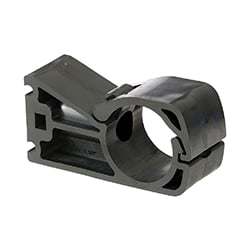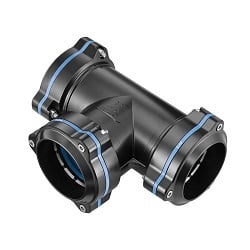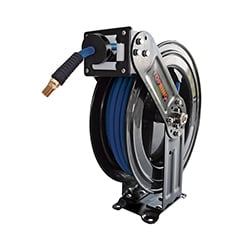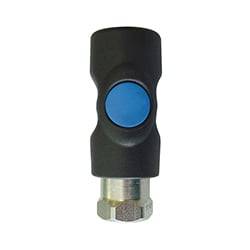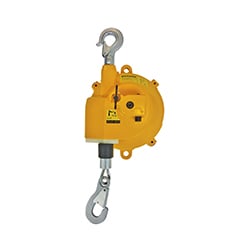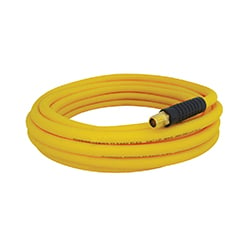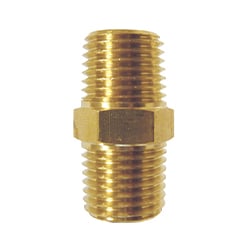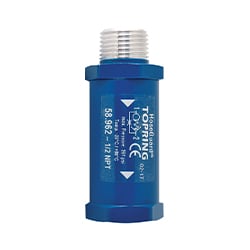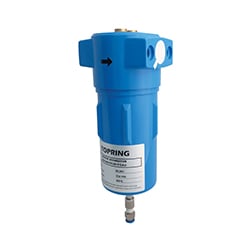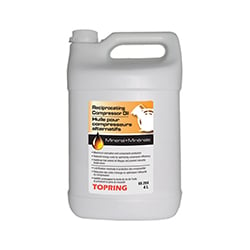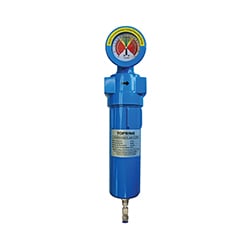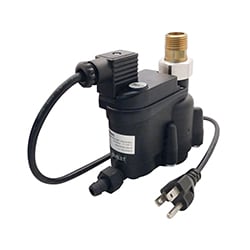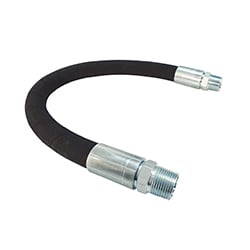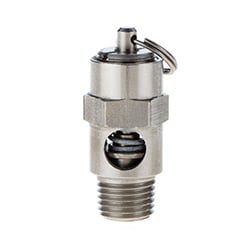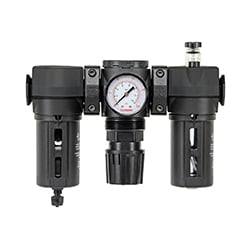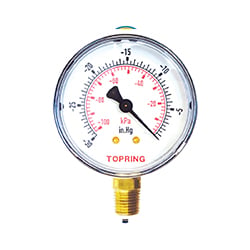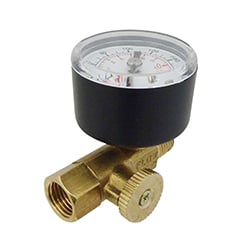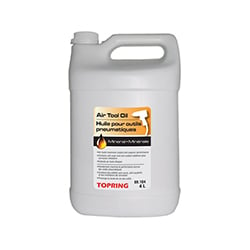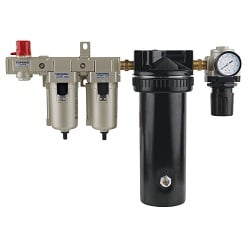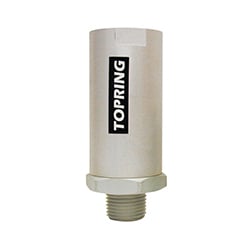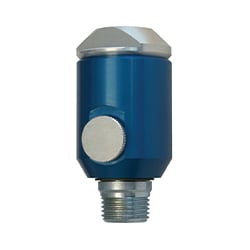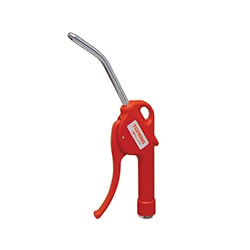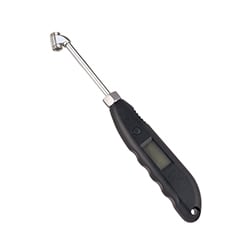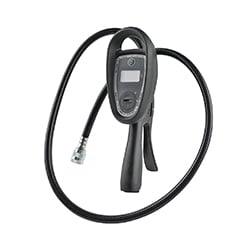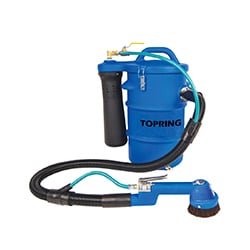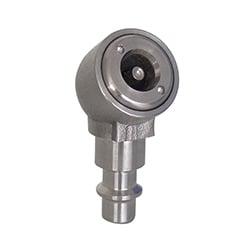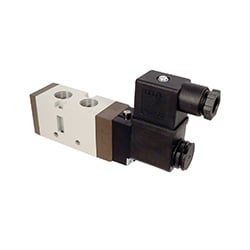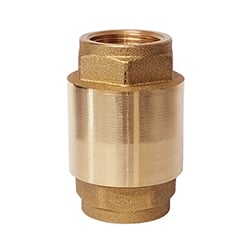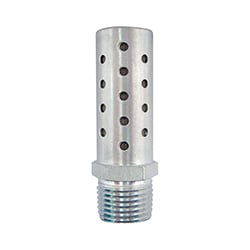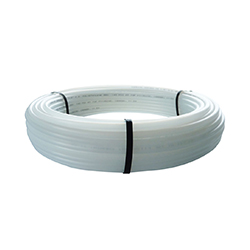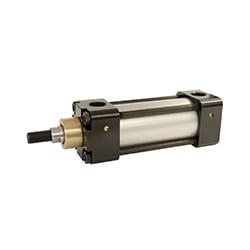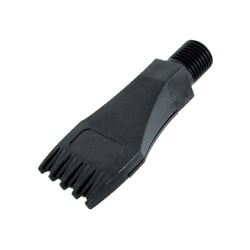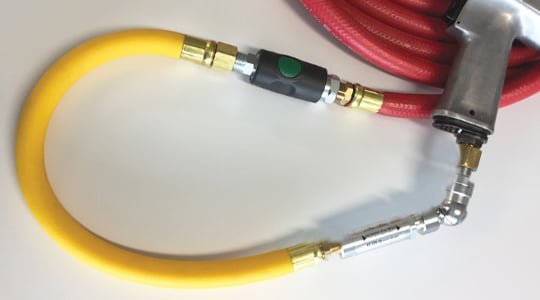In the tire business, there are two peak seasons: winter tire changes in the fall and summer tire changes in the spring. This is when all the tools at an auto repair shop are working at the same time, creating high demand for the compressed air system. To top it off, air tools need to be working at full capacity. A lack of air in the system impedes tool performance and slows down the work of mechanics. Yet the success of an auto repair shop hinges on productivity. Any slowdown in operations leads to delays and to a chain reaction for employees, who feel frustrated, stressed, and pressured and whose work quality may then decline, among other negative impacts.
Most people think an air tool’s performance depends on its design. Don’t be fooled: it’s actually the amount of air the tool receives that makes all the difference! The tools used in an auto repair shop (impact tools) need a very high volume of airflow (SCFM) to work. That’s what has the biggest impact on tool performance. If you’re looking to cut the time it takes when changing a tire, start with the basics: consider how your compressed air system is configured and look at its component parts. To get you on your way to speedier tire installation, check out these 5 tips for improving the efficiency and reliability of your compressed air system in the auto repair shop and tire industries.
Useful tips—How to improve your compressed air system:
1. Choose the right combination of air hose length/diameter
Air hose length and diameter are the biggest sources of air loss in a compressed air system. If the volume of air available to the air tools is less than optimal, the flexible hose is usually too long and its diameter, too small. So, choose the right combination of length and diameter to improve tool efficiency. Why? The reason is pretty simple: your tool will then have enough air to operate optimally (SCFM). And that makes bolt removal a breeze when changing a tire. No more under-performing tools due to a lack of air! The table below shows the minimum inside diameter of air hose for each tool. Download the entire table.
| IMPACT GUN | FLOW SCFM | AIR HOSE LENGTH (FEET) | |||||
| 25 | 35 | 50 | 75 | 100 | 150 | ||
| 1/4 | 14.0 | 3/8 | 3/8 | 3/8 | 1/2 | 1/2 | 1/2 |
| 1/2 | 28.6 | 1/2 | 1/2 | 1/2 | 3/4 | 3/4 | 3/4 |
| 3/4 | 34.7 | 1/2 | 1/2 | 3/4 | 3/4 | 3/4 | 3/4 |
| 1 | 87.5 | 3/4 | 3/4 | 3/4 | 1 | 1 | 1 |
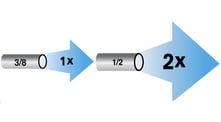
A flexible hose with a ½ in inside diameter delivers twice the SCFM of one with a 3/8 in inside diameter.
2. Focus on straight air hoses
Any air turbulence inside a hose leads to a loss of pressure. Pressure loss, in turn, reduces the available airflow. Because they're designed to coil, coiled hoses reduce the amount of air supplied to a tool. They cause substantial pressure loss, especially as they require a longer hose. It’s best to choose the right hose length so that excess length doesn't reduce the air tool’s performance. That said, although it may be worthwhile to use a coiled hose, the desired length and performance must be considered when assessing your options.
“In order to increase the airflow volume, we replaced all of the 3/8 in coiled hoses and replaced them with ½ in flexible hoses. We noticed an immediate increase in the performance of our tools when changing a tire”
— Patrick B., General Manager of the Point S garage in Granby-Farnham, Quebec
3. Select a hose plug with a wide diameter
The diameter of the hose plug that connects to the quick coupler determines the volume of air that can flow through the flexible hose. To improve the performance of air tools that require a high volume of airflow, select a hose plug with a wide diameter. Avoid restricting airflow in any way to ensure smooth tool operation. Make sure you know how much SCFM your tool needs and choose your hose plug diameter and its coupler accordingly.
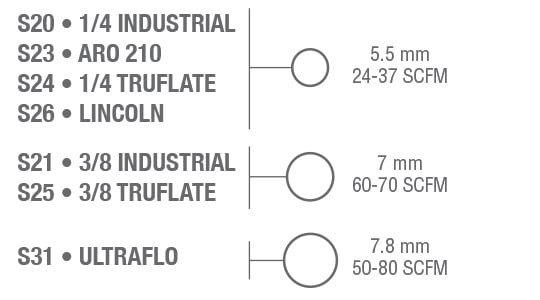
Diameters of hose plugs and volume of air in SCFM
“I replaced all of the existing couplers with Topring’s ULTRAFLO Safety Quick Coupler. They offer an 80 SCFM and can handle 500 psi. This additional airflow increased the power to our service tools when changing a tire.”
— Patrick B., General Manager of the Point S garage in Granby-Farnham, Quebec
4. Install a snubber hose on every tool
Snubber hoses protect couplers from vibration.
Installing a snubber hose on every tool protects quick couplers from the vibration caused by these tools. This considerably lengthens the service life of couplers, as well as their performance. Remember that air leaks from defective couplers hamper the performance of air tools. And the downtime needed to replace a defective part impedes the productivity of your auto repair shop.
“I also added snubber hoses to reduce vibrations. This had a significant and positive impact on the service life of our tools and couplers.”
— Patrick B., General Manager of the Point S garage in Granby-Farnham, Quebec
5. Install hose reels
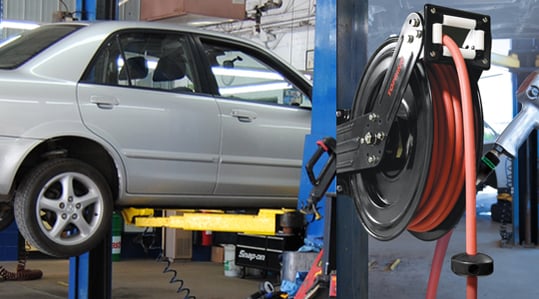
Installing hose reels will save you time and money for several reasons.
Hose reels are a great way to boost the efficiency of your flexible hose. Being efficient means work takes less time—in this case, less time when changing a tire. What’s more, hose reels help prevent the accidents that can happen when a flexible hose is laying on the shop floor. They’re a safe, practical way to handle and store flexible hoses. Your hoses, quick couplers, and tools will last longer, reducing maintenance and replacement costs.
“We installed Topring hose reels at each service bay. It's much more ergonomic because the mechanics don’t have to handle the entire weight of the air hose while working and it also creates a much safer work environment, reducing the clutter from the workstations. As a bonus, the reels greatly reduce the wear and tear on the actual air hoses, reducing the direct contact with the ground.”
— Patrick B., General Manager of the Point S garage in Granby-Farnham, Quebec
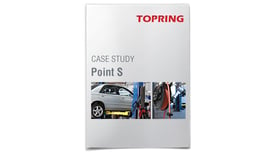 |
Source: The information in this blog post is from the case study titled Quick Coupler and Air Hose: Point S. Download the case study for more information.
|


